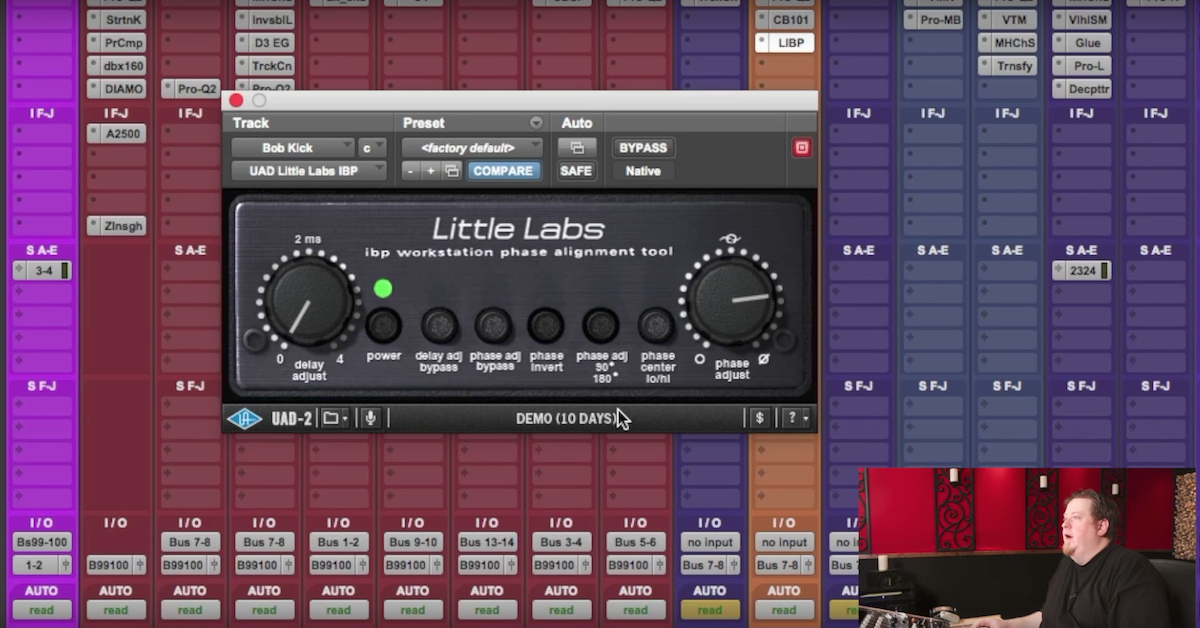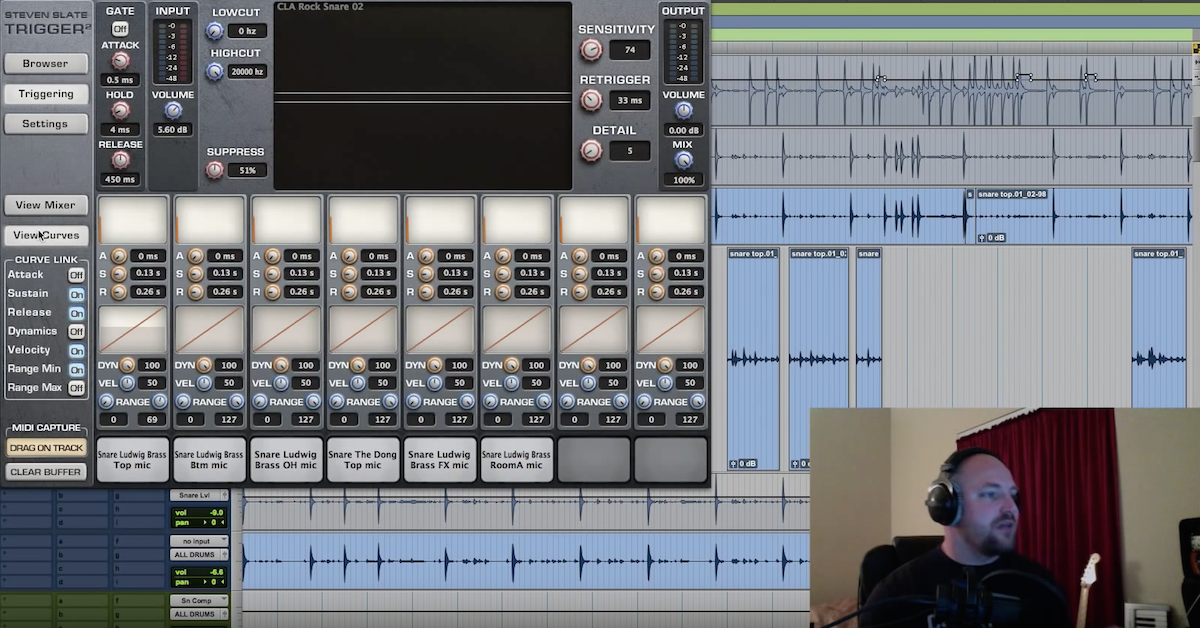How to Prevent Drum Tuning Drift and Lug Rattle
Article Content
It takes time to get a great drum sound in the studio.
Each drum has to be tuned and matched to the rest of the kit. This is after we decide what kind of tuning will be a good fit for the song.
Then, of course, the mics get set up and we choose preamps. We check for phase and move some mics around. At this point, we’re most likely an hour into our session and there hasn’t been any real playing yet.
That’s ok though. It’s better to take the time upfront to get it right.
Now, you’re finally at the stage to start hitting the record button. Everything is sounding great. The artist is happy and it feels like it’s going to be a great session. That is, until halfway through a song we hear the tuning of one of the drums drift.
Drifter
The snare drum is often the biggest culprit. Especially when you want to tune it really low in pitch. The lugs loosen with every hit. By the end of the song, it’s a completely different sounding snare drum.
There are times when you can get away with this, but for most productions, this won’t fly. In years of past, you would see drummers tuning in between every take trying to get it back to its original state.
It always ends up slightly different though. You hear the smallest details in a recording environment.
I’ve done sessions where we had to punch in the second half of the song. This can ruin the vibe of the performance. I stress performance too.
Soft Machine
Some might say, hit the drum softer. Or tune the drum higher. That’s not always a real solution. A sound is an equation. X drum with Y tuning being hit with Q force.
Any one of those factors greatly changes the sound.
Plus, having a punk drummer play quietly is not going to match the music. The same as asking a jazz drummer to play as hard as they can for an entire composition. It’s going to sound out of place.
Salute Your Solution
There is finally a solution for tuning drift. It’s a rather simple one at that.
Nylon washers!
Seems almost silly that after all these years that’s the answer to our tuning issues, right? Sometimes the most obvious answer is right under your nose.
Modern Love
If you go to your local drum shop, you may notice some of the modern kits from companies like Ludwig and DW come with nylon washers.
On a recent DW kit I saw, there was a nylon washer below a metal washer. The concept is to prevent metal to metal contact. That contact causes tension rod slippage.
Placing a nylon washer between the tension rod and rim prevents the vibration from shaking it loose.
Most of the major drum manufacturers are making nylon or plastic washers. Tama, Pearl and Gibraltar are a few worth mentioning. Good news too, they’re cheap!! Most seem to be in the $10 range for a 12 count.
There is also a company named Hendrix drums that makes sleeved washers. Sleeved washers prevent any metal of the tension rod from touching the rim. Even on the inside. They cost $23 for 100 count.
Keep Em Separated
We’ve all been in a situation where we want a really deep tom sound.
We loosen the lugs quite a bit until they sound primal. But, we discover another problem. Rattle! Over time you hit the drums and you can hear it in the room. This just gets amplified by the microphones. Total buzz kill.
Rattle and Hum
Another benefit of using nylon or sleeved washers is it prevents rod rattle. With the sleeved washers, there is no metal to metal contact. So, that means they can’t vibrate against each other.
That’s good news for people like me. I like deep tuned toms. I would be grateful to reclaim some of the time I’ve spent trying to fashion a way to stop the rattle.
All The Small Things
In the scope of things, it may seem like such a small detail to worry about. It’s often these small things though that stall creativity. Starting and stopping can freeze an artist or musician from a great performance.
Once the record button is on, the performers have to get into a focused mindset. Having to break to fix a rattle or tuning is like throwing the brakes on a racing formula 1 car.
You can only do that so many times before you wear the tires out. These small evolutions in design assure that once you begin performing, you can build steady momentum.
It’s a small enough upgrade for any studio to make. The washers are universal to all drum kits. Even if you don’t own a house kit for your studio, it’s a nice idea to have some around.
Always be prepared. It can make your life simpler.





